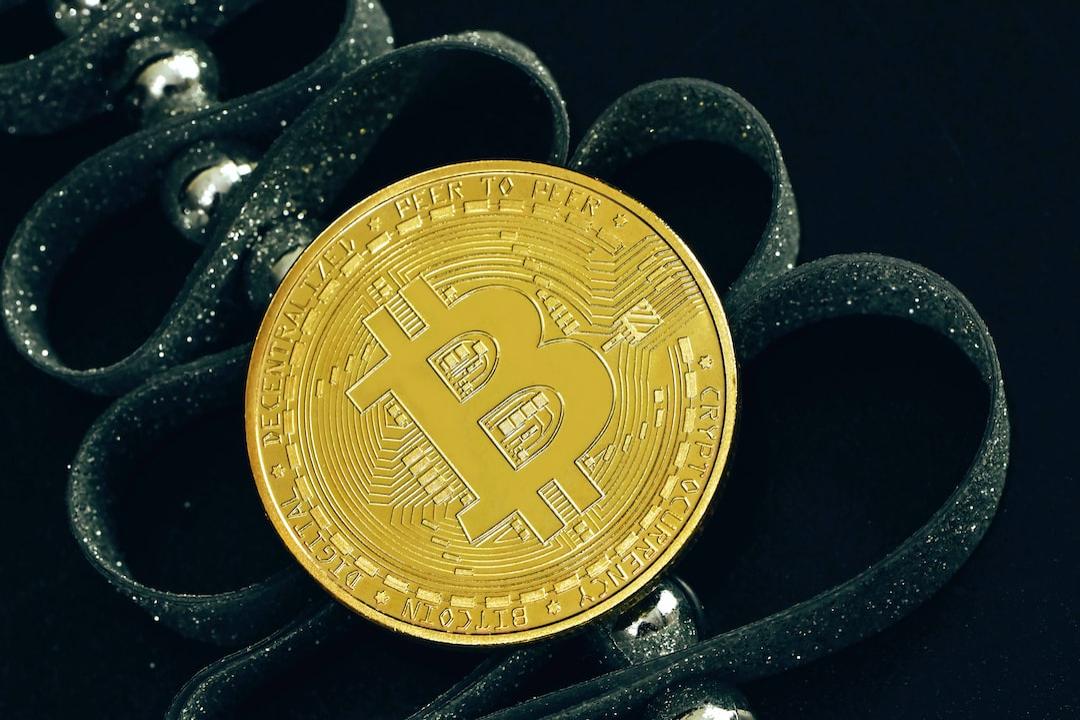Japanese communication giant LINE and Korean internet giant Kakao, the parent company of Klaytn, announced an unprecedented mainnet merger plan. This proposal, known as FGP-23, aims to combine the mainnets of both parties to create a high-performance network that integrates Ethereum (EVM) and Cosmos (CosmWasm) technologies. This is not only a technical integration but also a subversion of blockchain architecture.
After the merger, a new token called PDT will be created. Holders of Finschia’s FNSA and Klaytn’s KLAY will have the opportunity to exchange for this new currency. Notably, approximately 24% of the existing supply will be burned, and the unreleased supply will be permanently removed. This measure will reduce the inflation rate to 5.2% and introduce an innovative 3-Layer burn model to promote growth.
This merger represents not only technical integration but also a strategic alliance between the two blockchain giants. Voting will take place from January 26th to February 2nd. If approved, the two parties plan to establish an integration foundation in the second quarter to promote new token exchange and governance integration. This move aims to build a leading Web3 ecosystem in Asia and usher in a new era of blockchain. The market reacted strongly, with KLAY from Klaytn and FNSA from Finschia recording increases of 31.8% and 22.6%, respectively, demonstrating the significant impact of this news on the industry.
Klaytn is a service-centric enterprise-grade decentralized trust blockchain platform that has achieved significant success in the blockchain industry. Its “hybrid” design combines the decentralized data and control of public blockchains, decentralized governance, and the low latency and high scalability of private blockchains. Klaytn has not only partnered with numerous globally renowned brands but has also made contributions in building reliable decentralized business platforms. Its goal is to become a leading NFT and decentralized finance (DeFi) platform in Asia. Additionally, Klaytn collaborates with leading institutions worldwide to develop the foundational software platform for central bank digital currencies (CBDCs).
Klaytn’s native functional token, KLAY, is used for network usage, mining, and minting NFTs. Since its establishment in 2020, the Klaytn Foundation has actively collaborated with its global governance council members to expand the global ecosystem of the Klaytn Layer 1 blockchain platform. The foundation promotes the adoption and development of new technologies, ensuring that Klaytn becomes an open, trustworthy, and sustainable blockchain platform for developers and users, while ensuring optimal ecosystem scalability in a rapidly changing blockchain environment.
Meanwhile, Finschia aims to establish the world’s first blockchain ecosystem, dedicated to promoting the popularity of Web3 and serving over 1 billion users. As the successor of LINE’s blockchain, Finschia has been independently developed and operated since 2019. Starting from the third-generation mainnet, the Finschia Foundation inherits the vision and mission of LINE’s blockchain, focusing on the dynamic balance of service growth and token demand. FNSA is Finschia’s transactional cryptocurrency, created through a protocol-based inflation mechanism for fair distribution, creating a virtuous cycle of increased adoption and network value.
Finschia’s goals include establishing a sustainable token model, building a community-centered ecosystem, and creating a Web3 blockchain that can serve over 1 billion users. The Finschia Foundation, headquartered in Abu Dhabi, United Arab Emirates, is committed to expanding public blockchains and Web3 technologies to achieve sustainable token models with global Web3 users.
In summary, the merger proposal presented by the Klaytn Foundation and the Finschia Foundation aims to establish Asia’s leading Web3 technology and ecosystem. The new blockchain formed after the merger will integrate the existing integrations of Klaytn with Kakaotalk and Finschia with LINE, with the goal of bringing the Web3 experience into the daily lives of hundreds of millions of users.
The collaboration between Kakao and LINE, two Asian tech giants, signifies their joint exploration and cooperation in the blockchain field entering a new stage. Looking back at history, we find that this is not the first time these two companies have collaborated. As early as 2019, they collaborated in the gaming industry, jointly developing a mobile game based on the popular Japanese character Doraemon, and planned to launch it in the Japanese market. This collaboration not only strengthened their positions in the gaming industry but also demonstrated their shared vision for innovation and market expansion.
Now, this spirit of collaboration extends to the blockchain field, as the two companies merge their respective blockchain platforms, Klaytn and Finschia, to move towards the Web3 era together. This merger reflects the insight of both companies into future technological development trends and their shared determination to build a powerful ecosystem. By combining their technical strengths and resources, Kakao and LINE can not only accelerate the development of Web3 technology but also better meet the growing needs of users.
It is worth noting that this collaboration is not only an integration at the technical level but also a deep integration at the strategic level between the two companies. By combining Kakao’s strong market influence and LINE’s technological innovation capabilities, the new merged platform has the potential to become a leader in the Asian and even global Web3 field. Additionally, this collaboration represents the joint investment and layout of both companies in the future digital economy, demonstrating their determination to innovate and seek breakthroughs in global competition.
In conclusion, the collaboration between Kakao and LINE is not only a continuation of their past successful collaborations but also a new starting point for their exploration in the field of new technologies. With the continuous development and maturation of Web3 technology, we have reason to expect that this collaboration will bring more innovation and opportunities to the entire blockchain industry.


